ITS ALL IN THE HIPS!
One of my favourite lines from Happy Gilmore is, “It’s all in the hips”. Chubbs, Happy’s coach, was onto something – our hips are incredibly important to the golf swing and hip health is a topic golfers should know more about. In this blog, I’ll take you through four key points about the hips.
1. How golfer’s hips work functionally
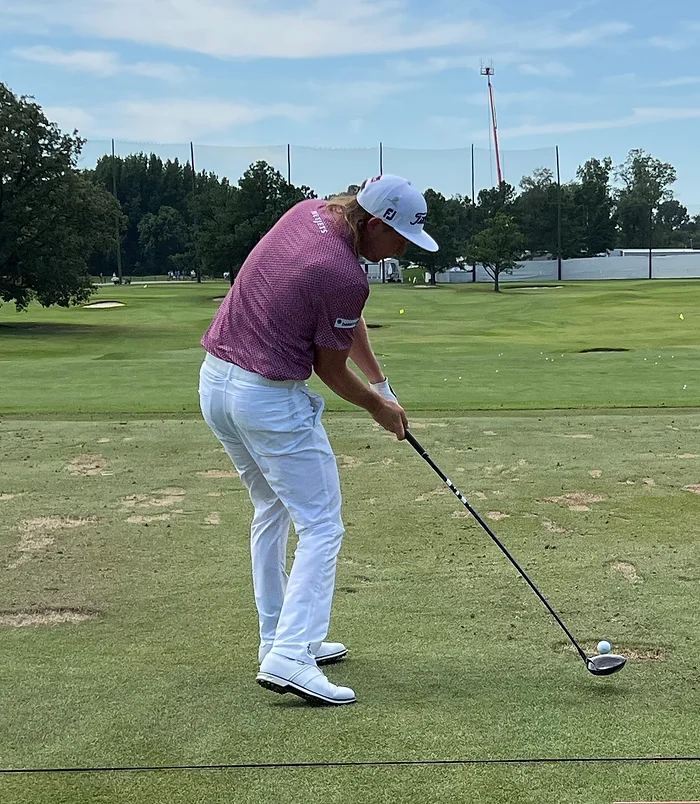
The hips are two of the four ball-and-socket joints we have in the body, along with our two shoulders. Ball-and-socket joints give us access to a lot of different ranges of motion and different positions, so they’re extremely useful joints. They allow us to do weird and wonderful things, and a golf swing is certainly both of those things.
For a golfer, our hips are crucial because they allow us to rotate internally and externally, as well as flex and extend the hip and pelvis.
What hips do in the backswing?
We cannot swing a golf club without these functions. When a right-hander moves fromaddress into their backswing, their right hip and femur rotate internally into the hip capsule. Now, if they don’t have good internal hip rotation, that limits their lower body’s ability to get into their backswing and that places stress on the lower back. That stress runs up through the torso and into the arms, so then they have to compensate.
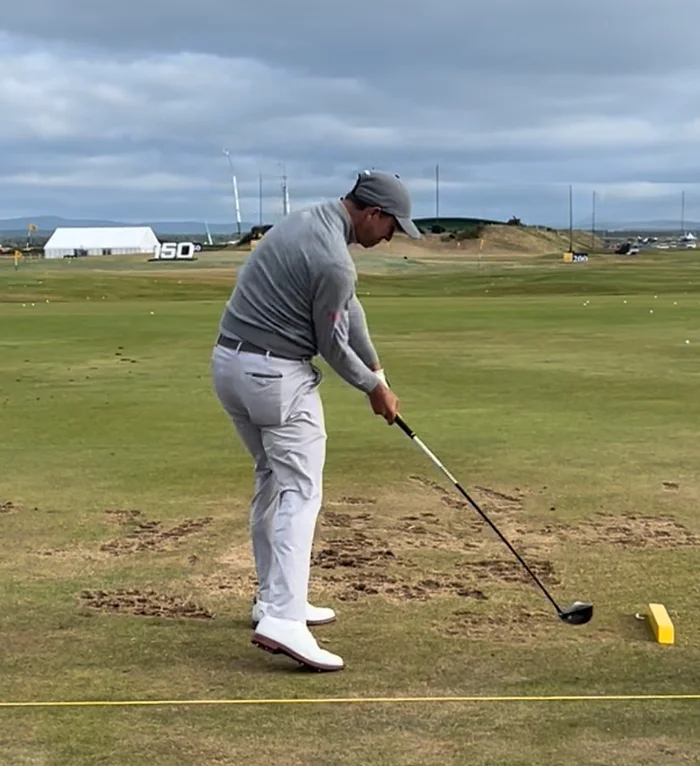
Typically, that compensating is done by over-extending the back or getting into excessive ranges of motion with the shoulder blades. Both compensations can cause swing issues in the best cases, and injury in the worst cases. Left hip externally rotates to let the legs remain stable and for the core/torso to ‘wind up’.
What hips do in the downswing/follow through
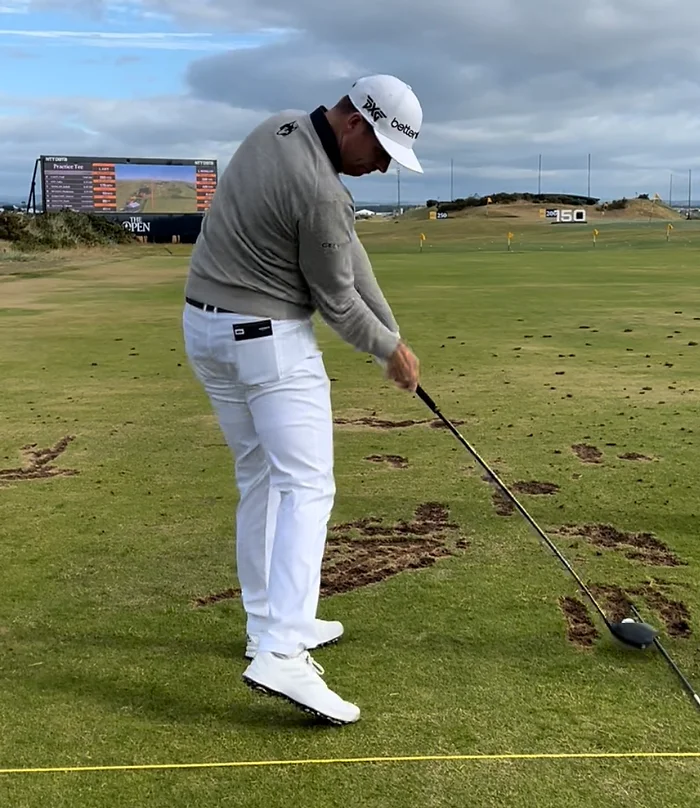
In the downswing, the left leg initially pushes into external rotation that can almost act as a ‘trigger’ which begins the weight shift from right to left ‘uncoiling” the body in its wound up backswing position. When the downswing reaches the bottom (impact position), if the left hip doesn’t internally rotate well, you get stuck not having much of an exit out of your swing so you begin to slide the pelvis. This messes with timing, deceleration, and places stress where we don’t want it.
2. How trainers troubleshoot problematic hips
If the right hip doesn’t have internal range for the backswing, and the left hip doesn’t have external range for the downswing, it’s likely a golfer will have excessive range being put through the lower back.
The lowerback can then become inflamed, or it can start to put pressure on disk space – causing issues in the lumbar spine. As trainers on the PGA Tour, it’s easy to spot compensatory moves because it can look like a golfer is doing what we call “hip humping”, a colloquial way of saying early extension where the hips thrust towards the ball and not the target.
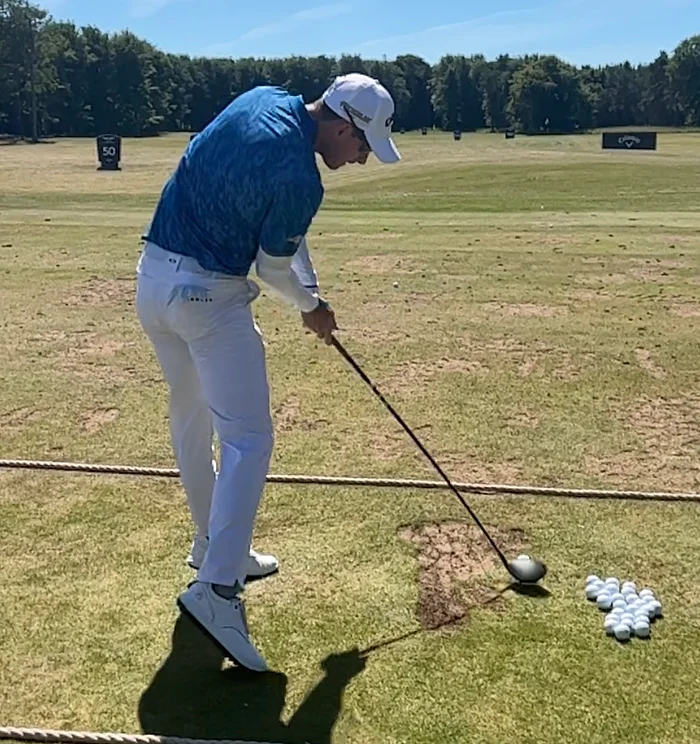
3. The solutions for dysfunctional hips
If you’ve got mobility issues, and lack of range in the hips, we want to prescribe mobility exercises. If you’ve got weakness in the hips, glutes, or internal and external rotators, we’re going to want to prescribe hip strengthening exercises. We will want to work on those things very quickly to try and take that pressure off the lower back. Below are three mobility and stability exercises to try at home to prevent these golf issues from occurring. A) Hip Clams with Internal & External Rotation, B) Hip CARS or Capsule Articular Rotations, C) Hip 90 90’s D) Glut Bridges E) Single Leg Glut Bridge F) Glut Bridge March.
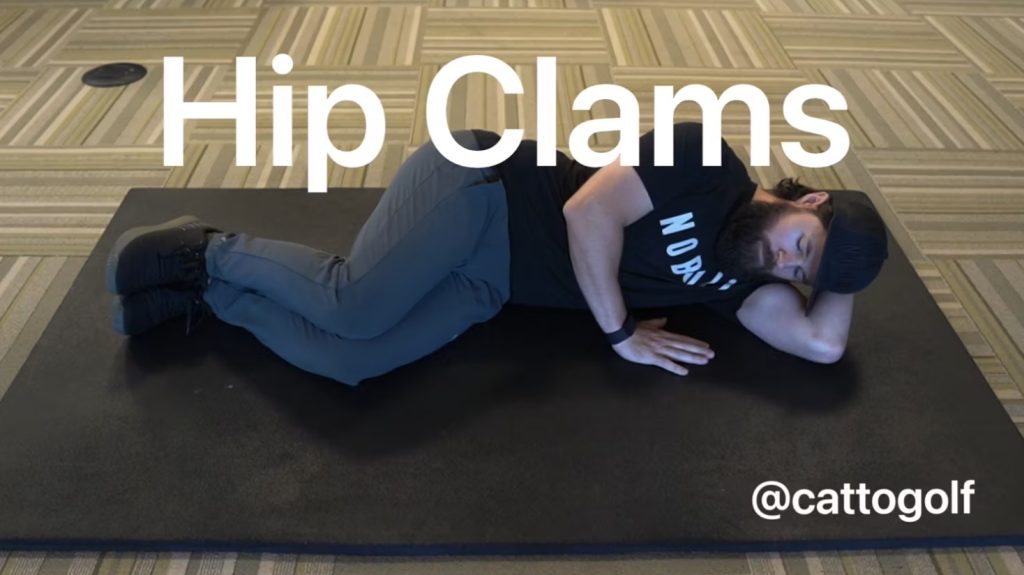
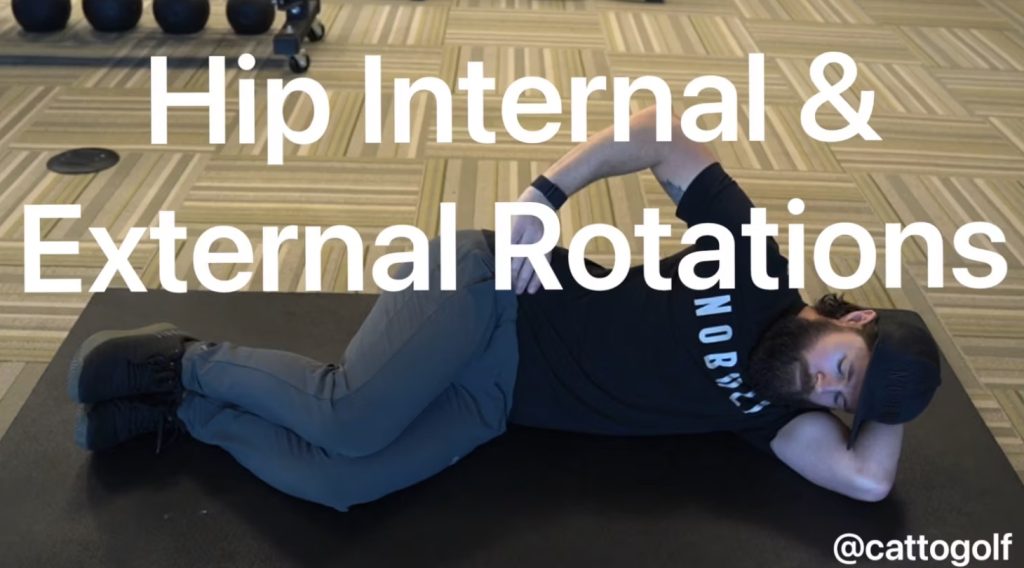
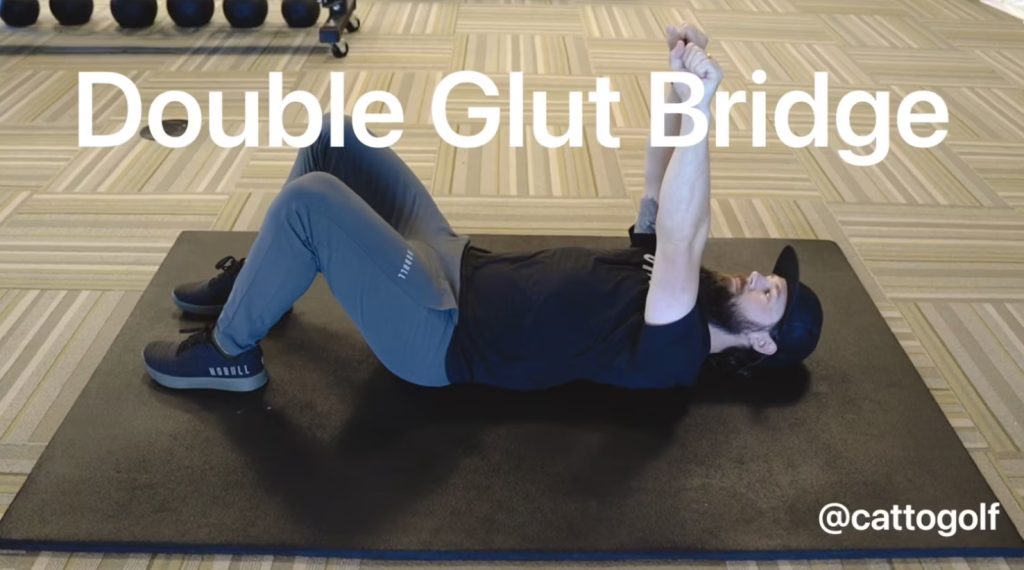
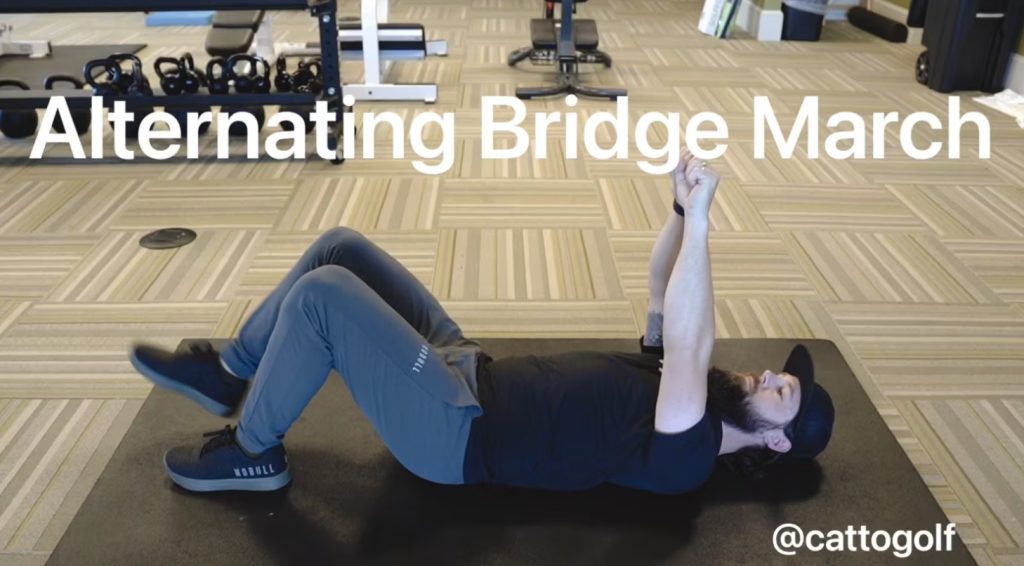
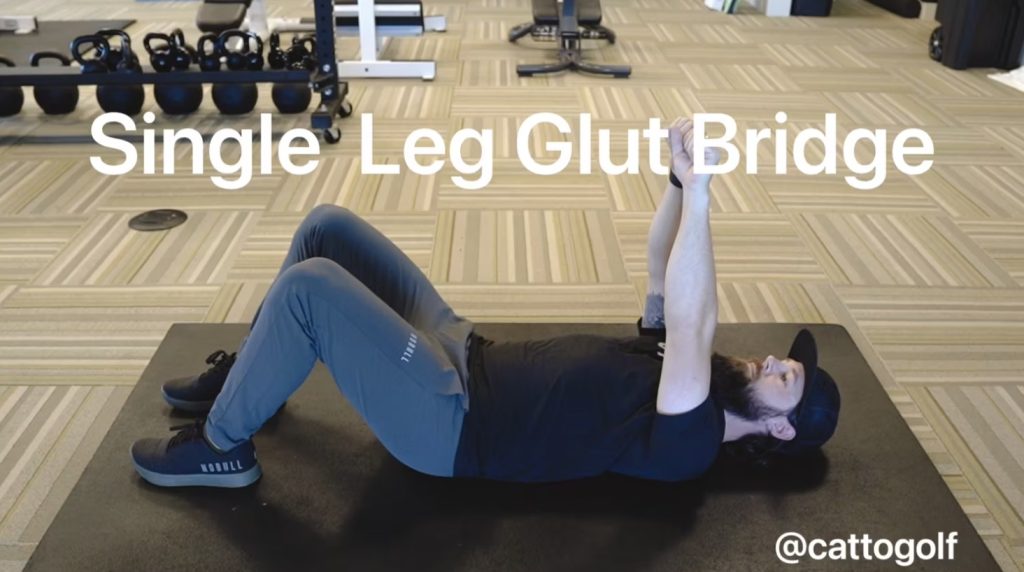
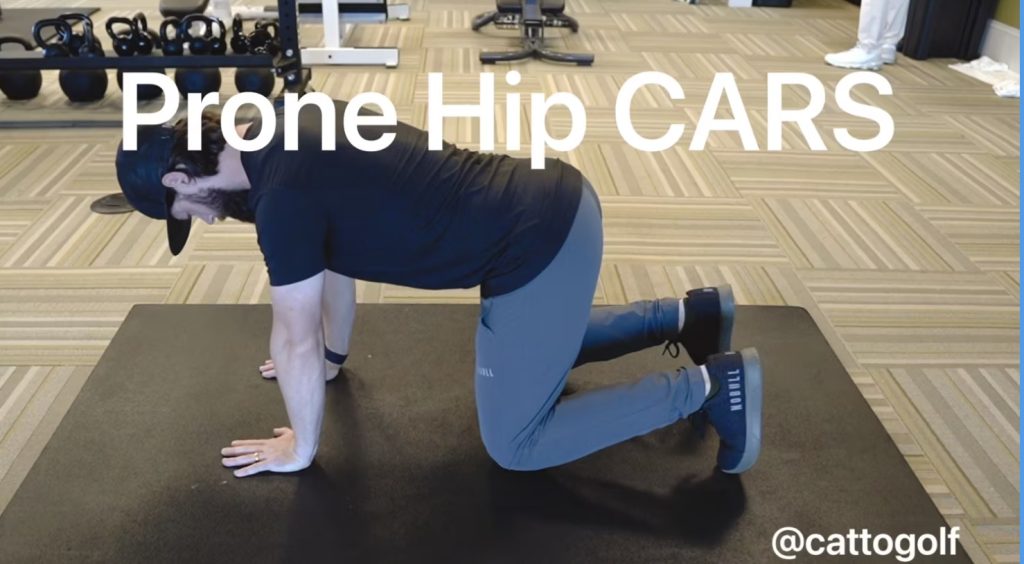
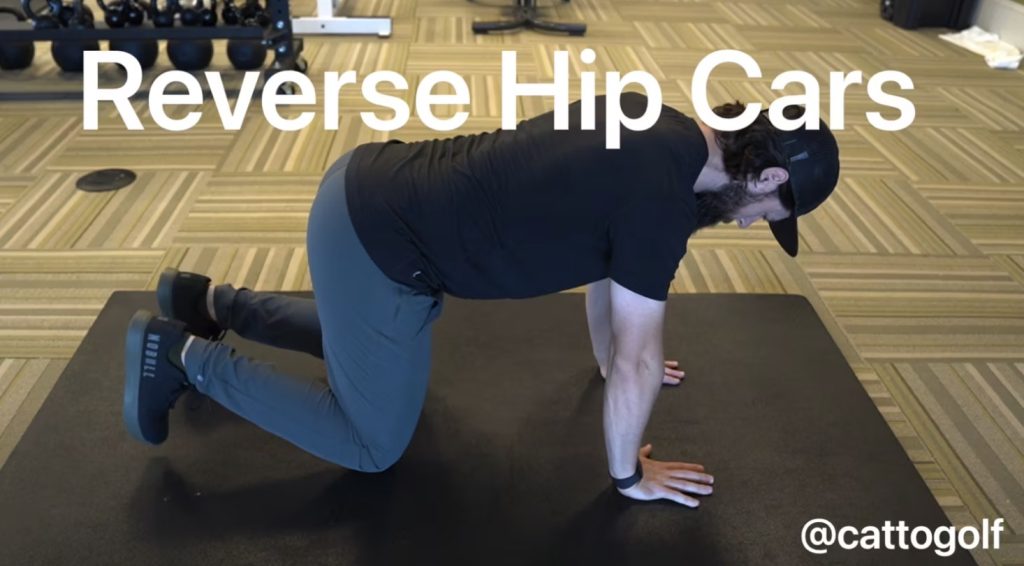
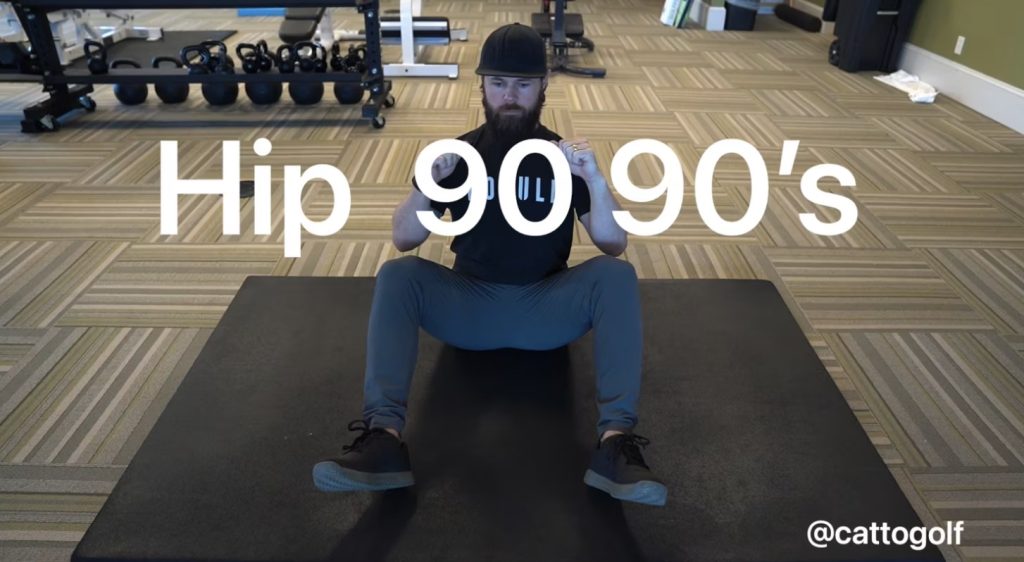
4. What good hips look like
Good players like Rory McIlroy, Justin Thomas and Cam Smith have extremely mobile hips and a great range of motion within them. If you have a look down the line during their swings, their hips usually face the target at impact. That’s a very powerful position to be and it creates a lot of lag and power. During the follow through, these great players have so much internal rotation that they can power the left hip through the ball but still hold their finish because the joints and muscles are stable and strong.
Protecting your hips will not only lead to better ball-striking, but it will prevent chronic injury!
Cheers
Nic Catterall
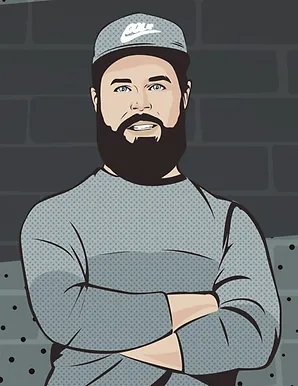
About Nic Catterall/Peak Power Golf
Nic Catterall is an Australian high-performance coach, specializing in strength and conditioning, musculoskeletal therapy and sports science, for professional golfers on the PGA Tour in the U.S.A. Nic works with Cam Smith, Luke List, Matt Jones, Dylan Frittelli and Hank Lebioda. Nic created the Peak Power Golf company to educate about the athleticism of golfers and what they are capable of. Peak Power Golf provides online training, athlete mentoring and athlete assessments.
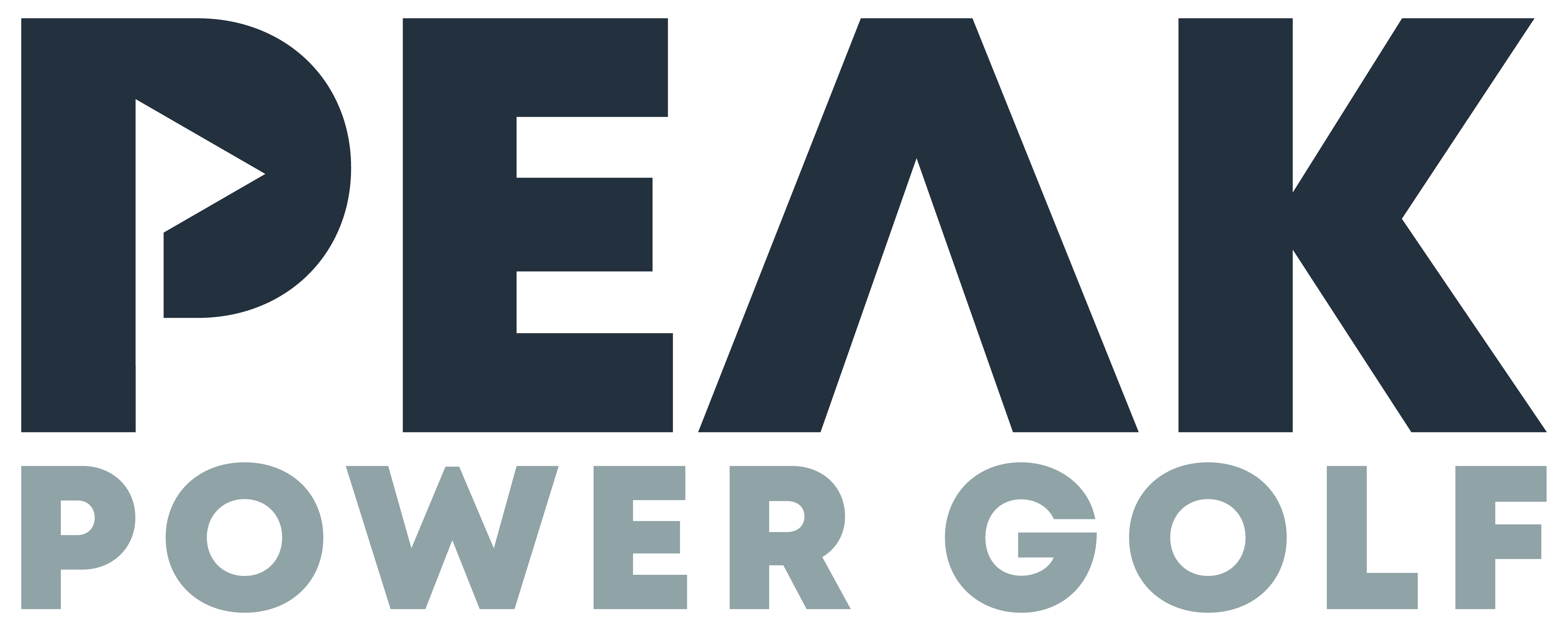
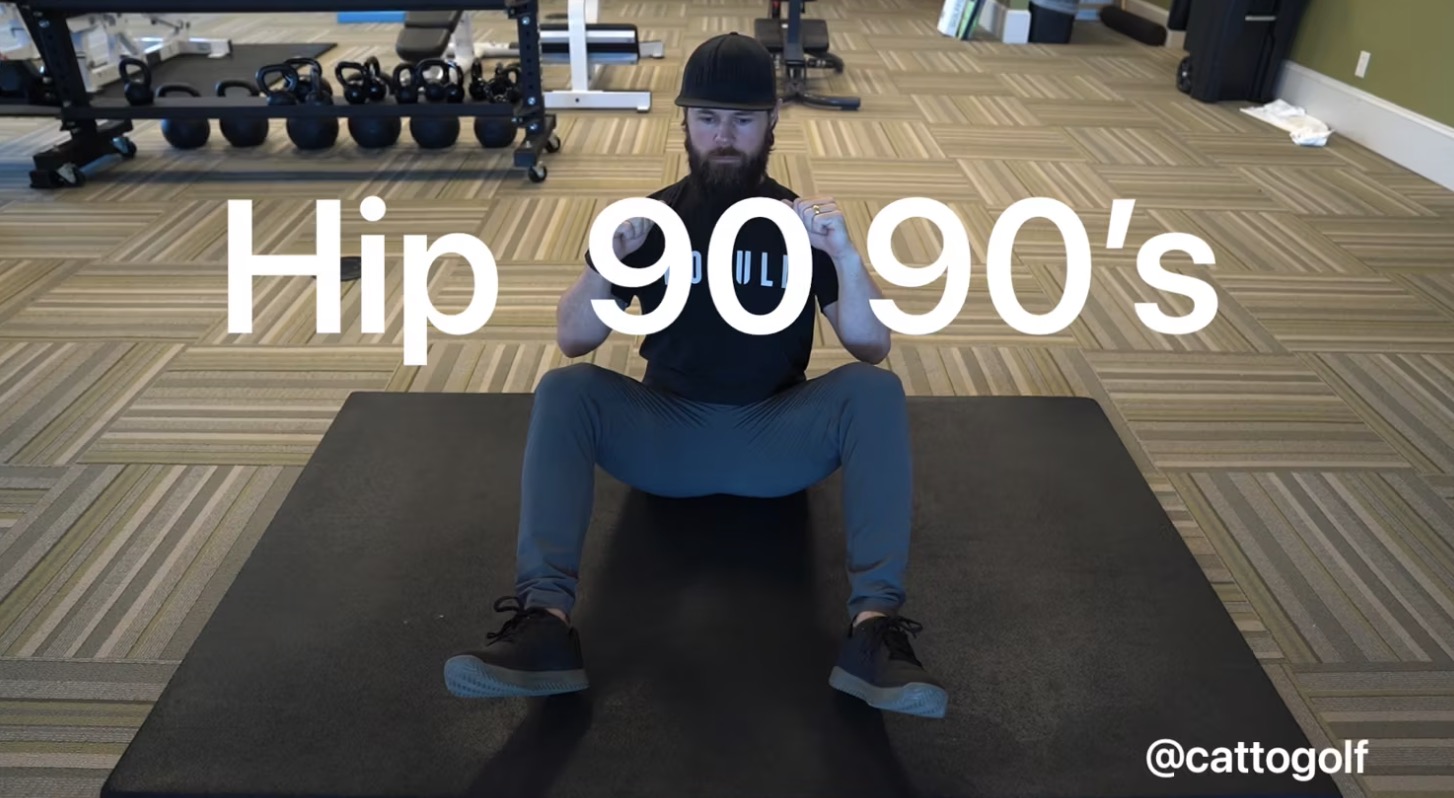
Leave a Reply